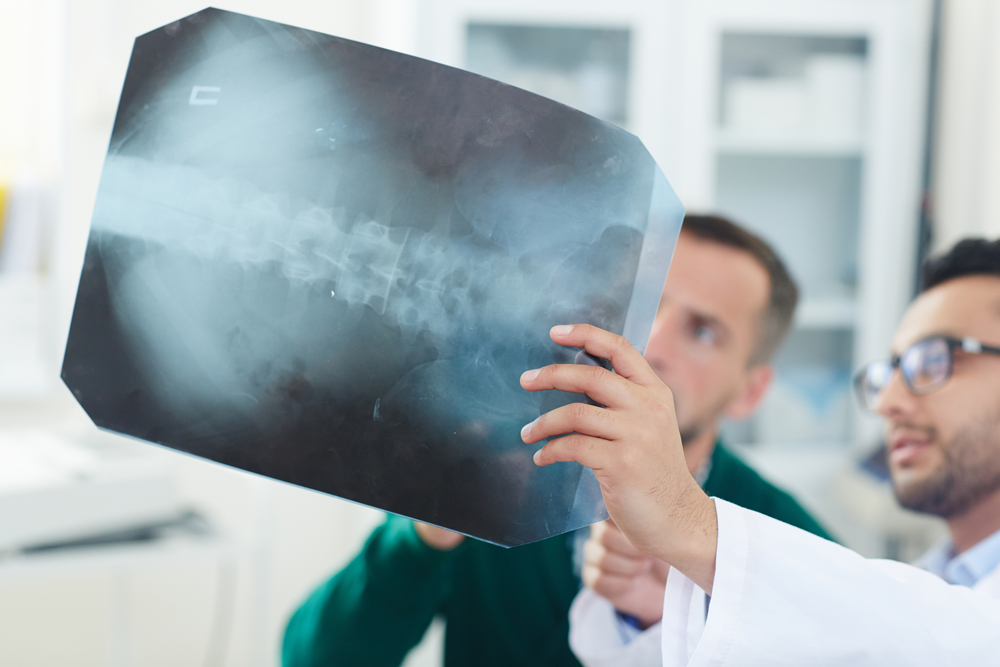Spinal cord injury is any injury to any part of the spinal cord or nerves toward the termination of the spinal canal, otherwise known as the cauda equina and then causes enduring changes in the functions of the nerves at the site of the injury.
A spinal cord injury may have lasting effects on your daily life functioning. You may feel the impacts of your injury emotionally, socially, physically and mentally.
Various researchers are happy that advances in research will make the repair of spinal cord injuries possible. Research is currently ongoing about spinal cord injury treatment. Meanwhile, solutions and treatment allow various people with spinal cord injuries to lead useful, free lives.


